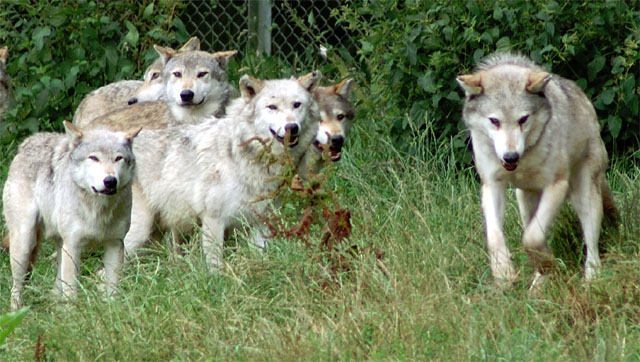
Imagine people’s worst fears are realized and the nuclear power plant at Diablo Canyon here in California has a Chernobyl-style meltdown. The effects on people are obvious: high rates of thyroid and other cancers, permanent resettlement elsewhere, increased rates of birth defects and so on. But as the area around Chernobyl is showing, the effects on the environment may be more subtle.
Over the break I watched a Nature special called, "Radioactive Wolves". This is a documentary about wildlife in a radioactive exclusion zone around Chernobyl.
Even though the area around Chernobyl is still so contaminated that humans can only go in for limited amounts of time, the wildlife appears to be doing surprisingly well. Birth defects are higher than in surrounding areas but life is thriving. Wolves are doing great, beavers have returned and everything looks hunky dory.
This seemed strange to me. I would think that so much radiation should be having pretty severe effects on these animals. And as noted in this in this NIH study, for certain individuals it definitely is.
The difference is in perspective. For the individual, the area around Chernobyl is terrible. Your kids have a higher rate of being stillborn or having birth defects, you have a much higher rate of developing various cancers, and so on. But for the species as a whole, things aren’t so bad. The higher background radiation appears to hardly be affecting their numbers at all.
